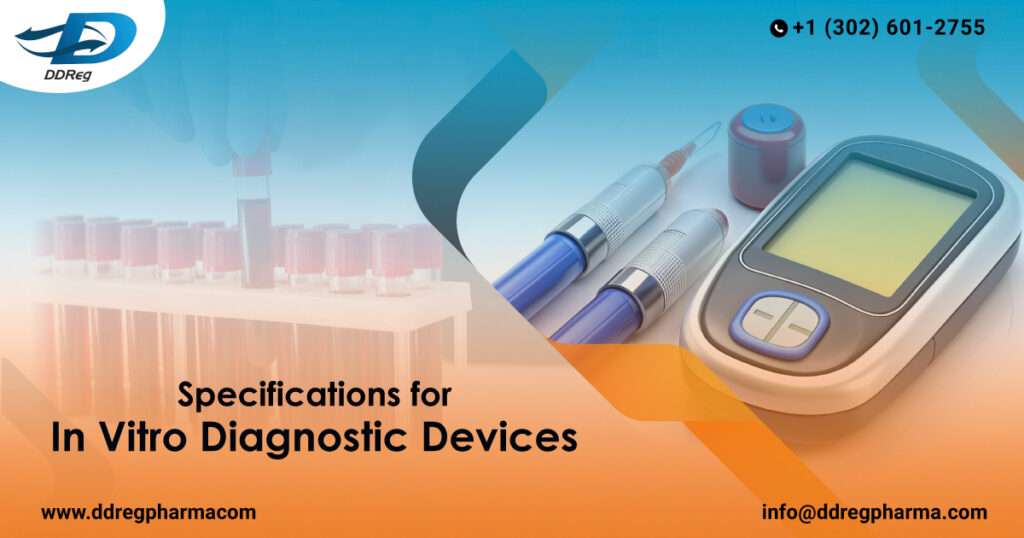In vitro diagnostic medical devices (IVD devices) are an integral part of the healthcare system. They are typically used to analyze samples that are collected from the human body (i.e., saliva, blood, tissue, and urine) and help in diagnosing, screening, and monitoring various conditions. IVD devices are subjected to different regulations that specify different requirements for them to successfully reach the market.
In Great Britain, IVD devices are regulated by the Medical Devices Regulations 2002 and Medicines and Medical Devices Act 2021. In Northern Ireland, IVD devices are regulated by the EU regulations- the IVDR- under the Windsor Framework terms. In March 2024, the Medical Devices In Vitro Diagnostic Devices etc. Amendment Regulations 2024 came into force and established provisions that were required for implementing the IVDR in Northern Ireland.
What are the requirements for In Vitro Diagnostic Devices in Great Britain?
The typical lifecycle of an In Vitro Diagnostic Device (IVD device) in Great Britain is as follows:
- Design and development
- Classification
- Conformity assessment (i.e., regulatory review)
- Application of the UKCA mark (i.e., approval to market)
- Post-market surveillance
- Post-market vigilance
IVD devices cannot be marketed in Great Britain unless they have an affixed UKCA marketing. Class B, C, and D devices of the IVD classification system must undergo conformity assessment from a UK Approved Body before a UKCA marking can be affixed. For this, device manufacturers must ensure they are able to showcase conformity to the requirements while providing evidence to support the device performance. This information can be obtained from a performance study of the device.
Common Specifications for In Vitro Diagnostic Devices
The MHRA is proactively working towards establishing a framework for IVD devices to improve patient safety, enhance transparency w.r.t decision making & device information, aligning with international standards, and overall improving medical device regulation. The UK MHRA’s Common Specification requirements for IVD devices ensures that concerns related to the performance of high risk devices are addressed to ensure patient and public safety. These are “minimum performance requirements” that must be met before any high-risk IVD device can be approved in Great Britain.
According to the consultation document, released by the UK MHRA in May 2024, the Agency proposes the following:
- To align with the EU Commission Implementing Regulation 2022/1107, new Common Specification requirements are being introduced for certain Class D IVD devices. These requirements ensure that manufacturers implement adequate safety checks for high-risk devices, maintaining a consistent safety and performance standard. This alignment also brings GB IVD requirements in line with Northern Ireland. In practice, Approved Bodies will assess the performance of these high-risk IVD devices against the Common Specification requirements during conformity assessments, especially when no harmonized standard is available.
- The inclusion of common specification requirements in a Post Market Performance Follow-up (PMPF) Plan is being introduced. Under the IVDR, a PMPF plan must be submitted as part of the technical requirements before an IVD device can be marketed. This plan is essential for ongoing monitoring of the safety and effectiveness of IVD devices throughout their lifecycle on the GB market. In practice, this means that during the conformity assessment of high-risk IVD devices, Approved Bodies will need to evaluate the PMPF plan to ensure it includes monitoring for Common Specifications.
- The removal of COVID-19 test device requirements from the MDR 2002 aims to reduce regulatory duplication and lessen the burden on IVD businesses, aligning with the regulatory framework in Northern Ireland. In practice, IVD manufacturers wishing to place COVID-19 test devices on the Great Britain market would only need to comply with Common Specifications for SARS-CoV-2 tests, rather than the Coronavirus Test Device Approvals requirements in MDR 2002. Approved Bodies would focus on assessing the performance of COVID-19 test devices against the Common Specification requirements, instead of the Coronavirus Test Device Approvals currently managed by MHRA.
Conclusion
The regulatory landscape for In Vitro Diagnostic (IVD) devices in Great Britain is evolving to align more closely with international standards. The introduction of Common Specifications, enhanced Post Market Performance Follow-up plans, and the removal of redundant COVID-19 test device requirements underscore the UK’s commitment to ensuring high safety and performance standards for IVD devices. These regulatory updates aim to streamline the approval process, reduce burdens on manufacturers, and ultimately enhance patient safety.
Reach out to DDReg for expert regulatory services and tailored solutions for medical device registration in global markets. Read our blog on How is Team AB Gearing up for the MedTech Legislation?

